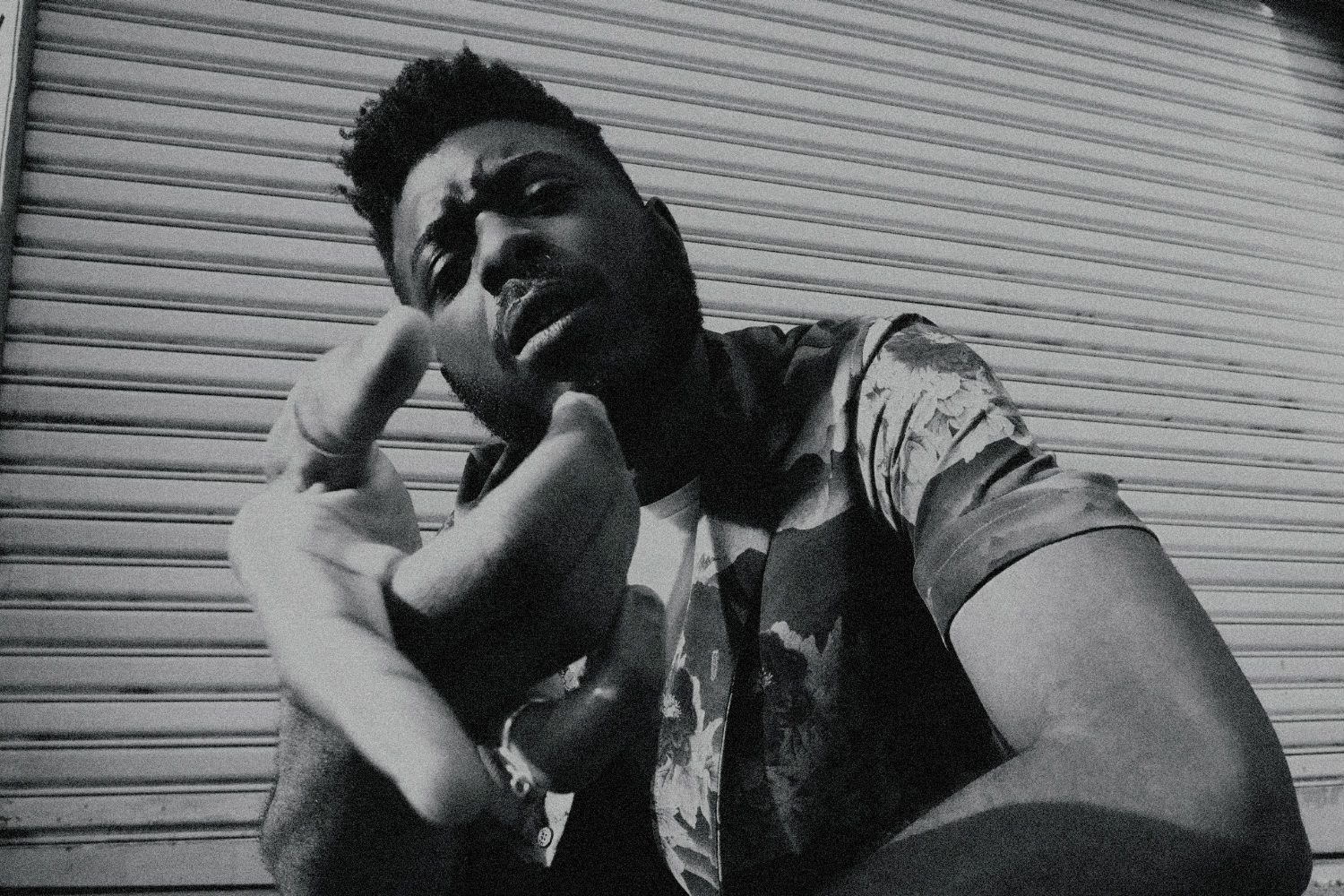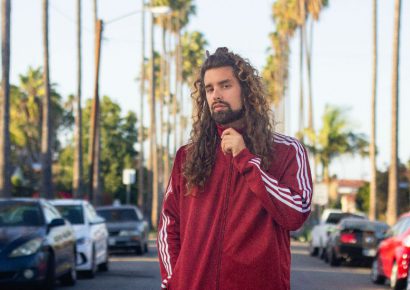IJALE is one of the most exciting emerging voices in Australian hip-hop today.
Over the past three years, the Melbourne-based artist, also known as Jerry Agbinya, has demonstrated all the hallmarks of a true auteur, honing his craft as a producer and soaking in his surroundings to foster his artistry into something wholly unique to the Australian scene today.
Drawing influence from the likes of Madlib, J Dilla and Kaytranda, IJALE’s productions blend contemporary influences with African percussion and melodies to sensational effect, with his hard-knocking beats only bolstered further by his smooth flows and sharp, socially conscious songwriting.
Not only does IJALE produce his own music, but he also engineers, mixes and masters his own material, demonstrating an artistic vision that few artists could amount to in such little time. With all of this combined, it’s clear that IAJLE is destined for stardom, and with the release of his braggadocious new single ‘XXL’, it seems absolutely certain that he’s more than ready to lay his claim to the throne.
With the release of ‘XXL’, we linked up with IJALE to find out more about his beat-making and production process and shine a light on the workflow of one of the most exciting new voices in Australian hip-hop.
Let’s chat pre-production – how do you start your beats? Is there anywhere in particular that you go digging for samples? What kind of instruments and sounds tend to resonate with you the most?
“It varies a lot, most of the time I like to start from mid-air. I’ll cycle through the presets of a synth and see what kind of sound attracts me enough to stick with it, or I’ll create a drum pattern and see if that builds some kind of vibe.
“I’ve been making a lot of Afrobeats and Afropop lately, so I’m making an effort to buy sample packs from African producers like OY Productions, VeshBeats and Mykah Beats. I think it’s really important to try and go to the source when looking for sounds in productions.
“I’ve been looking on Tracklib for samples a lot lately too. Their collection has come a long way, and licensing is really straightforward. I love the sound of thumb pianos like Mbiras or Kalimbas, Vintage Bass from the ’60s and ’70s, and anything worn or aged like vinyl crackle and tape hiss.”
What about your process? What software or hardware are you implementing, and how do you structure your workflow to get the best results possible? Are there any tricks or tips you think is unique to your own process?
“I honestly still need to step my workflow game up admittedly, but I have been getting my act together a little bit as of late.
“I’m pretty much 100% in the box production-wise. I always work with Ableton. I’ve also just purchased a Universal Audio Apollo and am now using a bunch of UA’s plugins which are amazing. I use a Neumann TLM103 to record my vocals and most other things.
“I’ve gotten into setting up templates for distinct functions, so I’ll be ready to go in whatever situation. Every time I get a mess of new sample packs I’ll create a new template of the week or month that has those loaded into separate tracks as soon as I open my DAW up.
“I don’t think there’s anything unique about the way I work. It’s been gradual, but I’m saving or bouncing down sounds that I think I’ll keep using, saving effect chains or instrument racks, and deleting samples that I don’t think I’ll use, which is more complicated than it sounds. If I keep doing this, I think it’ll be easier for my sound to come through quicker when I work.”
Tell us about your recording process – what comes first, the beat, lyrics or flow? How do you approach engineering and mixing your own vocals, as opposed to your beats?
“I think this is the same for a lot of vocalists, but I’ll usually have a melody in my head that I’ll hum or mumble until words begin to slot into place within it.
“Because I make a large chunk of the beats I rap on by myself, I’ll start with a beat nine times out of ten. But I don’t ever try and make a beat to fit some words that I already have. I’ll make whatever beat comes out and then try and fit words to it after.
“I have a lot of little lines and bars in my phone that I sometimes try and slot in there to gauge whether the song can go a certain way and if something catches I’ll keep expanding on that idea.
“One thing I learnt about producing after I started to mix my own vocals is that less is more. Rapping carries both melodic and percussive aspects to it, so too many sub melodies or embellishments can lead a listener’s attention away from the voice, and too many polyrhythms in the percussion can distract the listener in the same way.
“For me, it’s all about using contrast and unity in ways that complement the delivery or the vocals, so it feels like I’m dancing in unison with some elements and weaving in and out of others.”
What about post-production? Do you have any tips or tricks when it comes to mixing and mastering your own material?
“One thing that helps me in mixing (in Ableton) is having the patience and forethought to group my instruments into a rack, and map certain parameters to the effect controls.
“For example, I’ll map the chain selector to the MIDI range to a knob, so that as I turn a knob left or right, I can audition different sounds as the loop or basic idea plays. This makes choosing the right kick or snare super easy.
“I like to use compressors with soft clipping capabilities or brick wall limiters to add grit and bump the impact of my kicks, snares, or my bass without excessive volume.
“I have a limiter always on my master channel as I mix so that I can give myself the effect of a finished product from time to time, turning the threshold down and seeing how everything sounds as the mix becomes louder. I always check my mix in mono when I think I’m nearing the right balance in the elements. Usually doing that shows me I’ve still got some mixing to do to get there.
“Also, nothing mind-blowing here but, getting to know my shortcuts changed how fast I work for sure. My previous MacBook had a massive problem with the screen so I could only really see about 45% of it most of the time. I’d connect to an external screen when I was at home, but when I wasn’t, I had to shrink the DAW workspace as much as I could and relied on shortcuts a lot to navigate without having to see certain parts of the broken screen.
“One thing that I’m thankful for learning is simple gain staging tips. A lot of decisions you make in mixing can seem like good ones simply because the effect of a change makes things louder. Making sure you that you test out the before and after of an effect or plugin when the volume is normalised between the two helps you assess whether the change is helping the mix.”
‘XXL’ is out now via Daily Nightly.





